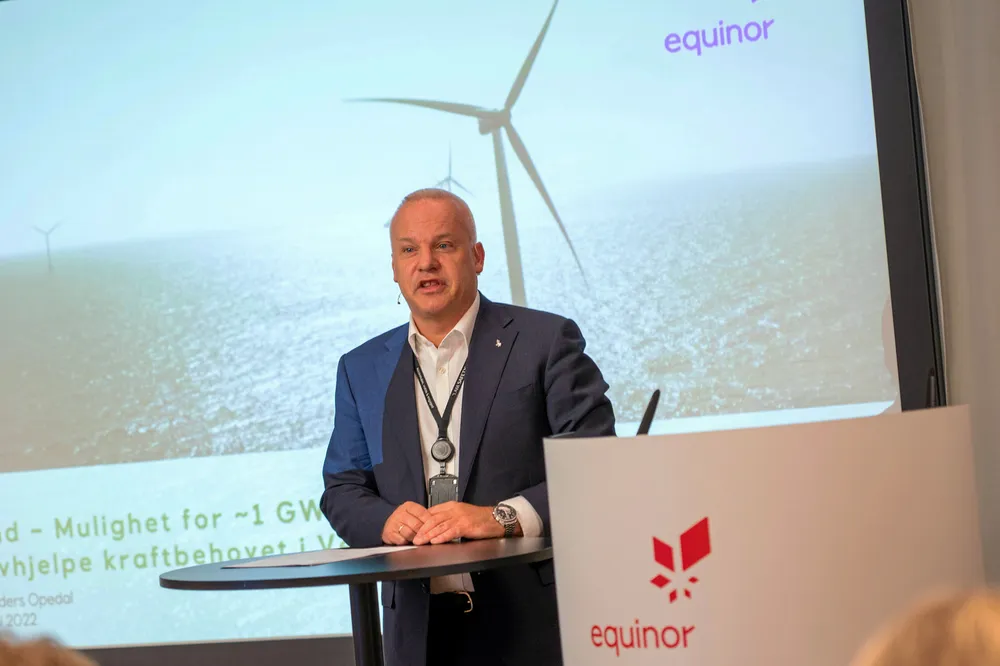Equinor eyes offshore wind farm to boost power-from-shore drive off Norway
Equinor, Shell, TotalEnergies and ConocoPhillips want to build a 1 GW floating wind farm offshore Norway to help power Troll and Oseberg fields

Equinor, Shell, TotalEnergies and ConocoPhillips want to build a 1 GW floating wind farm offshore Norway to help power Troll and Oseberg fields
